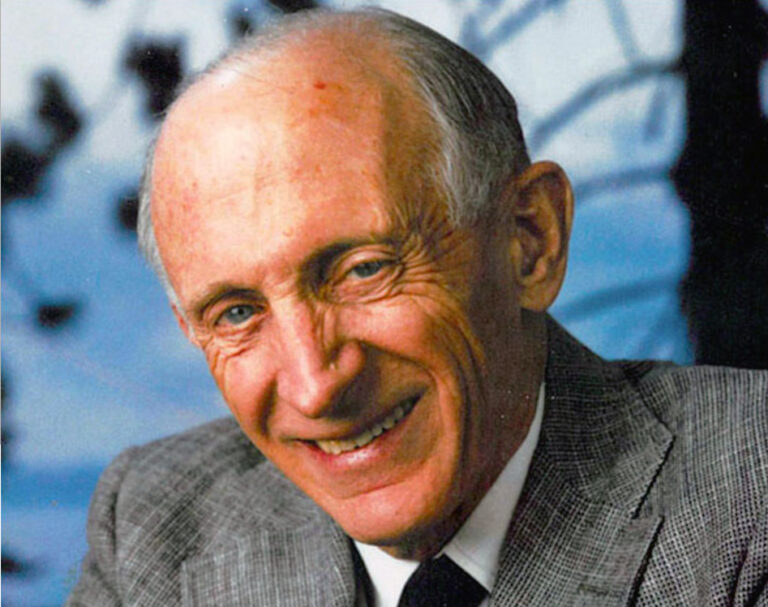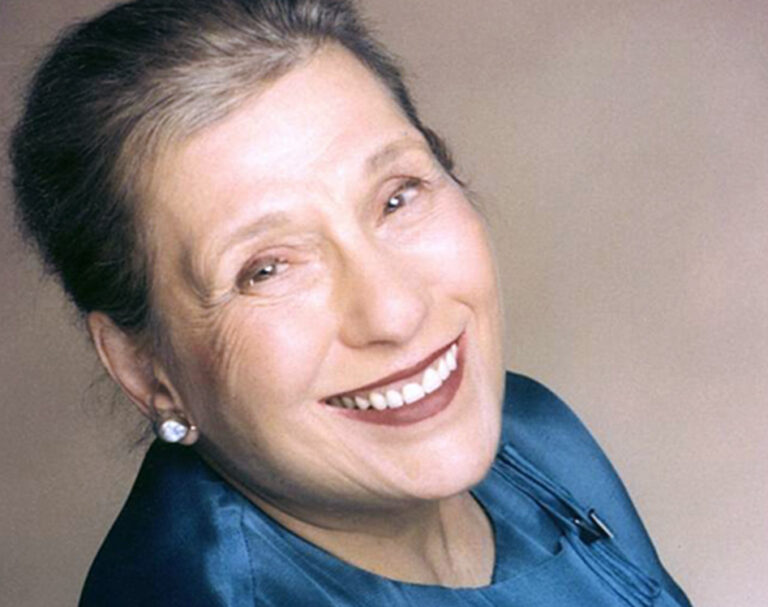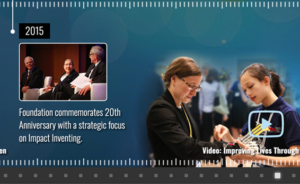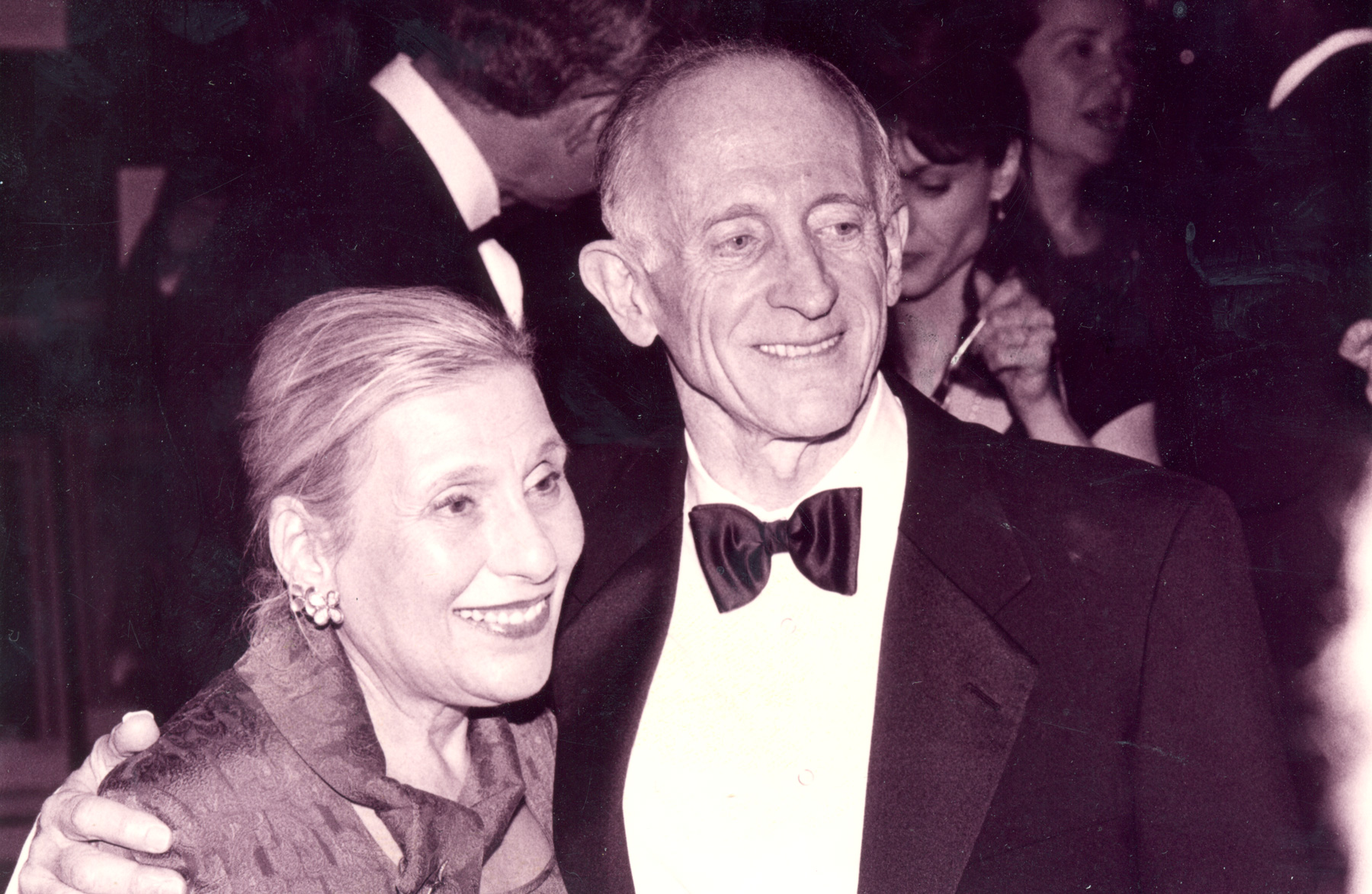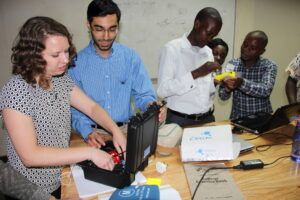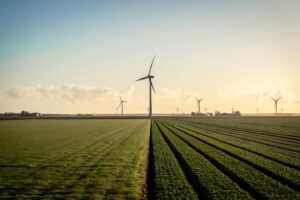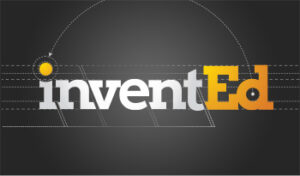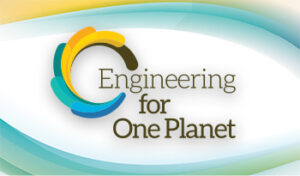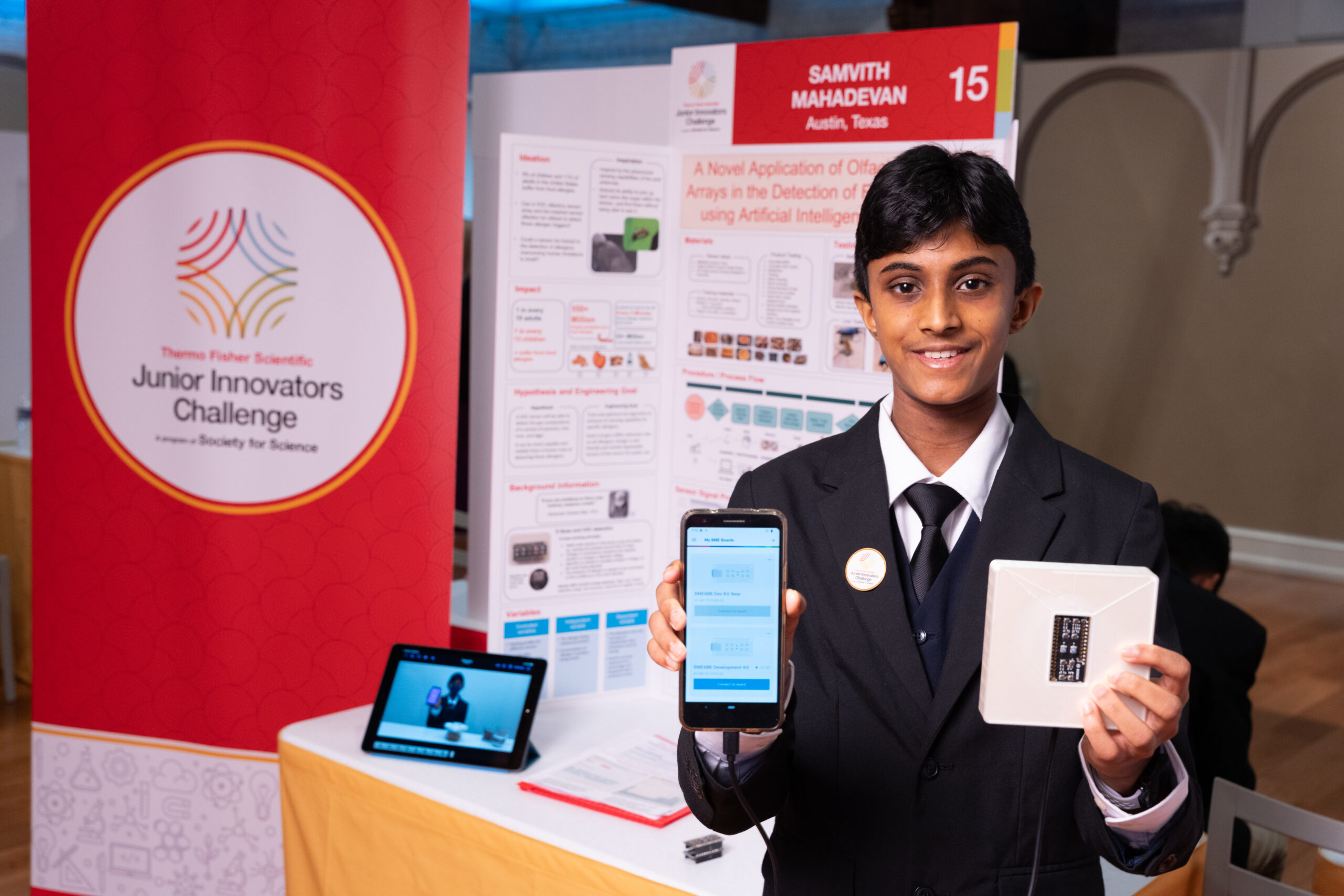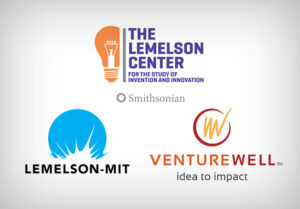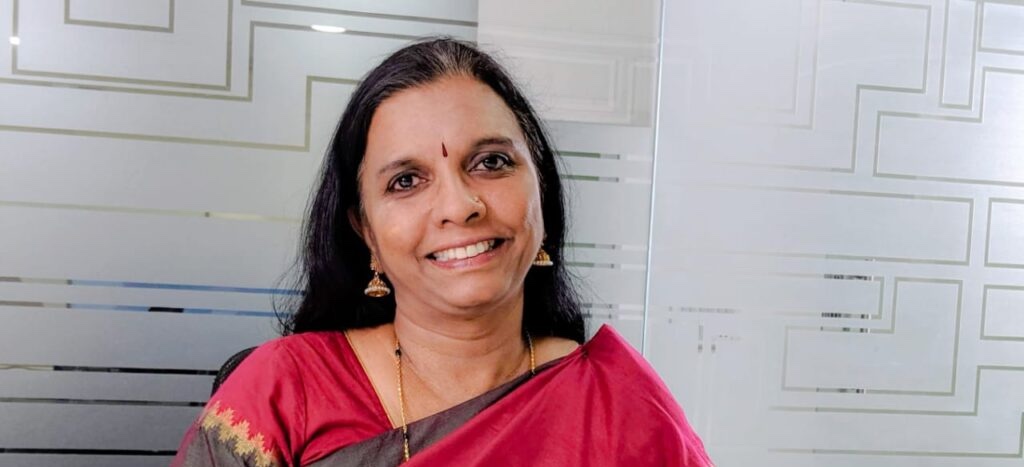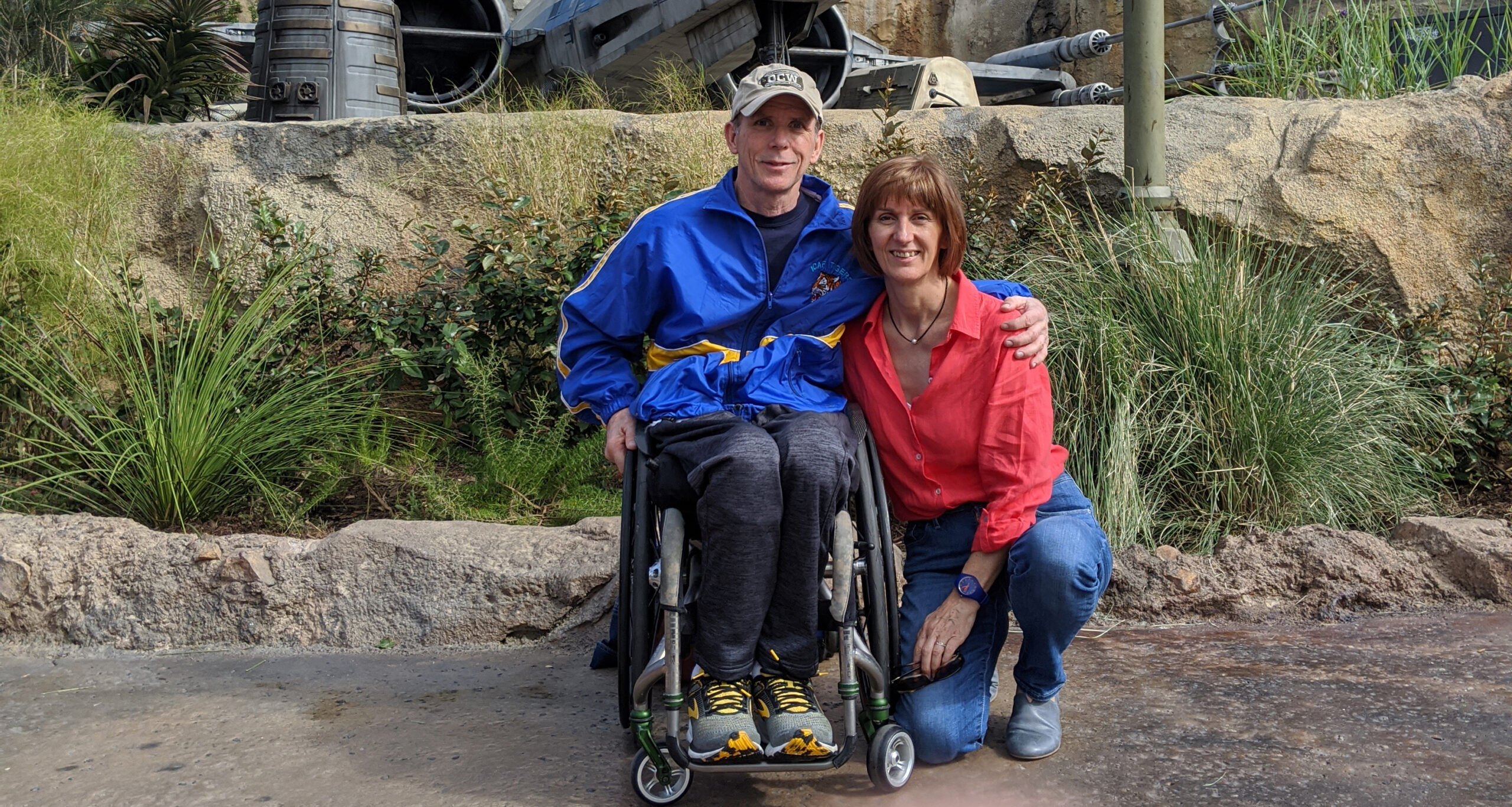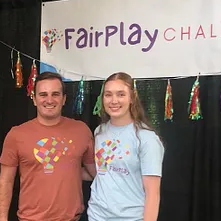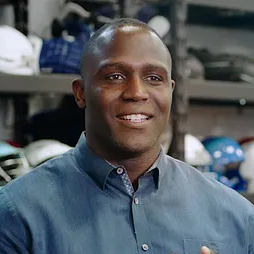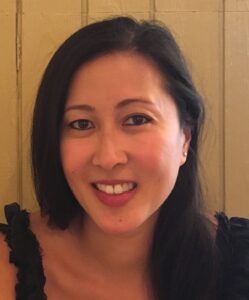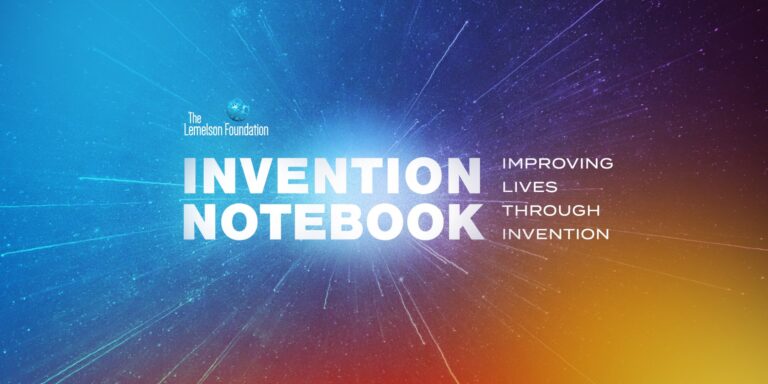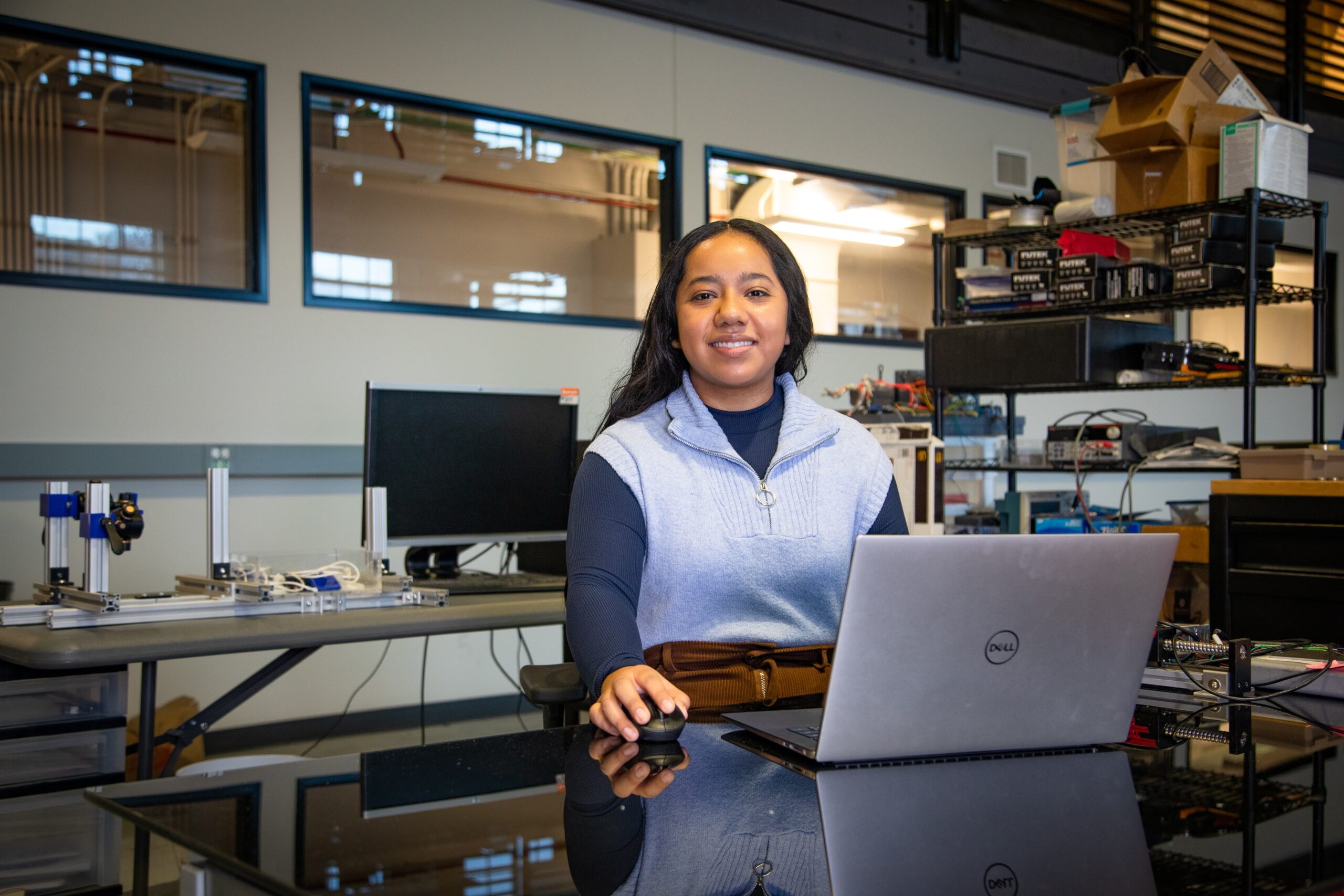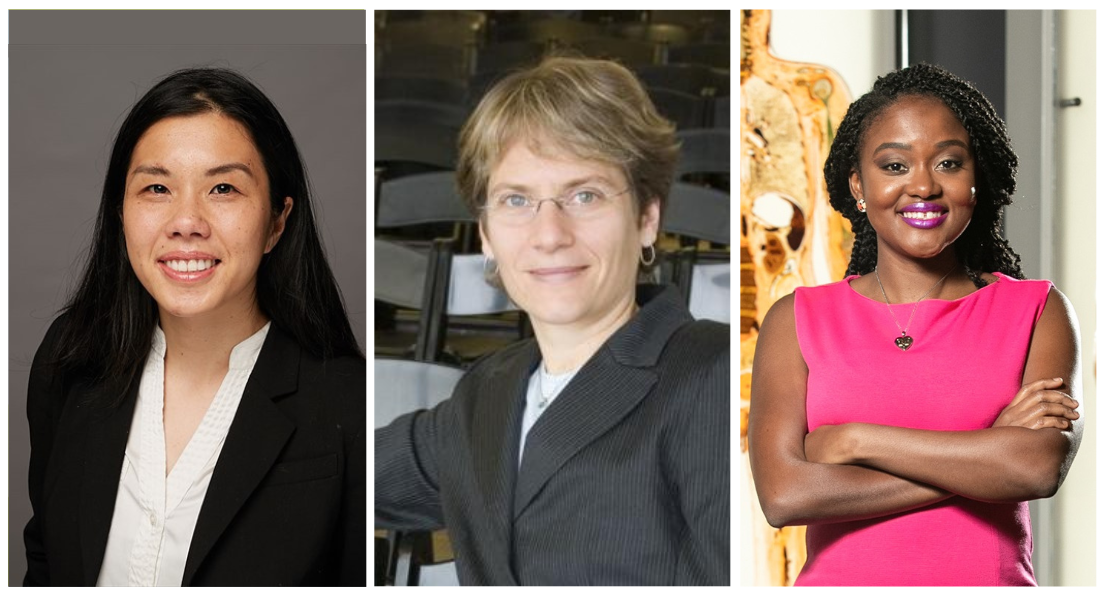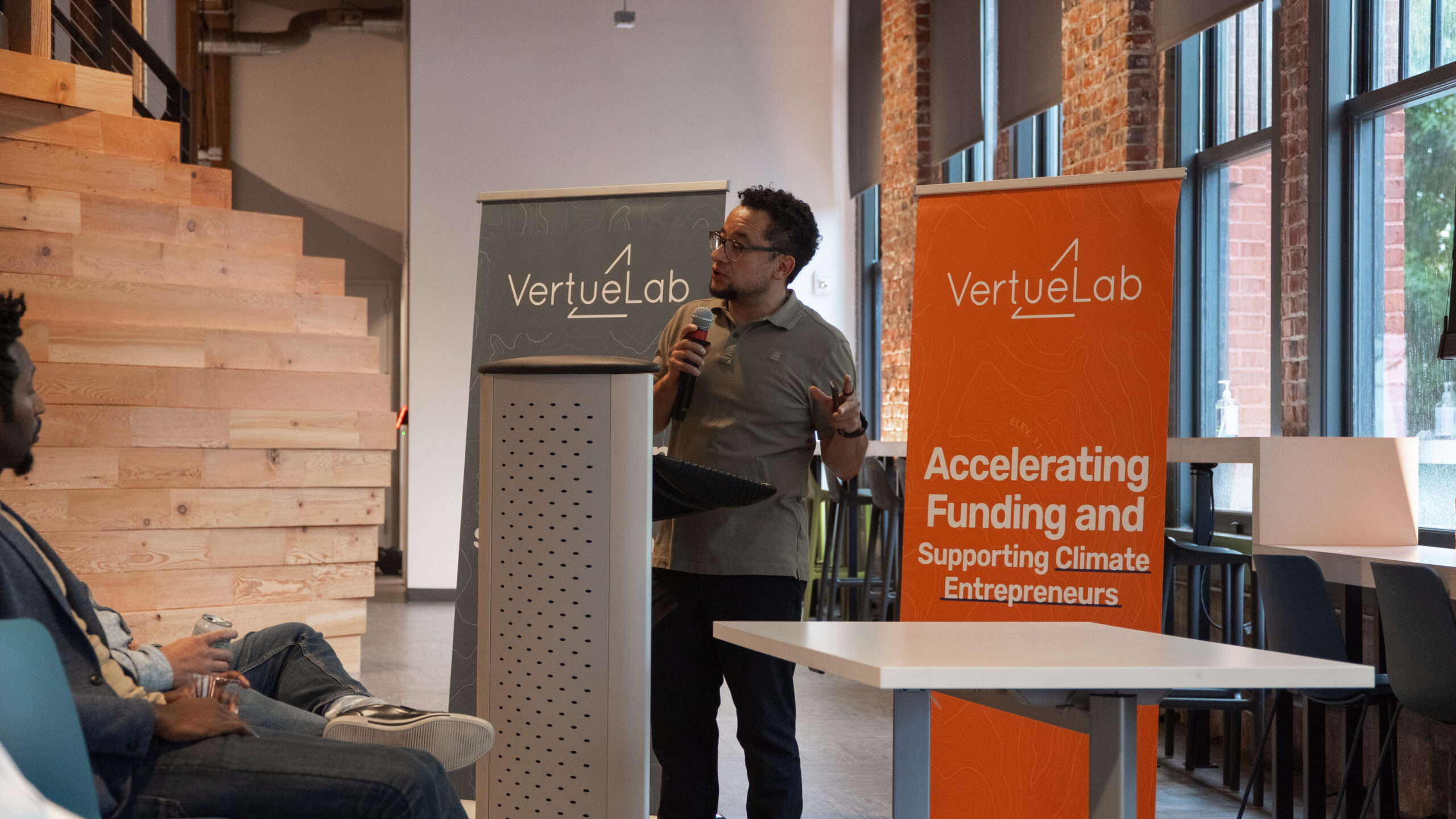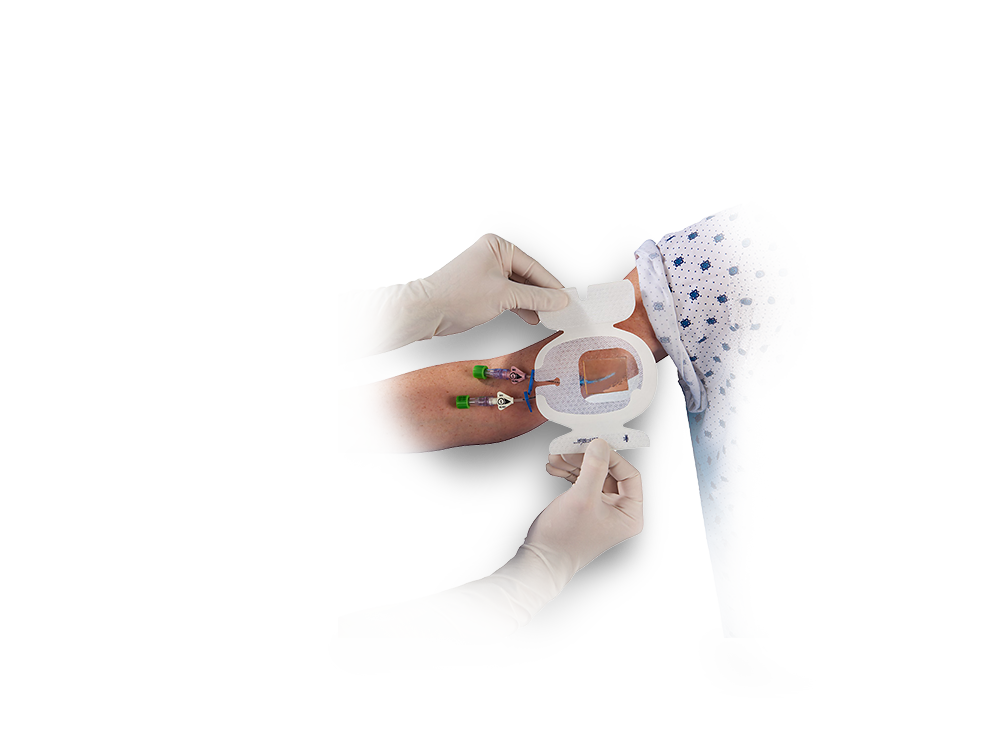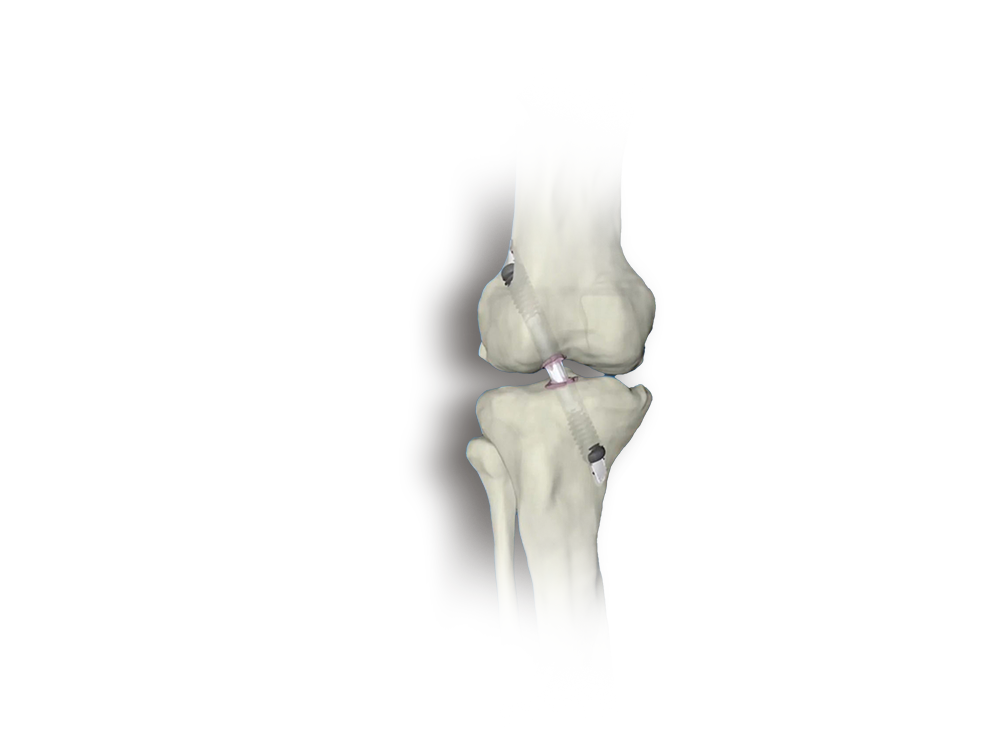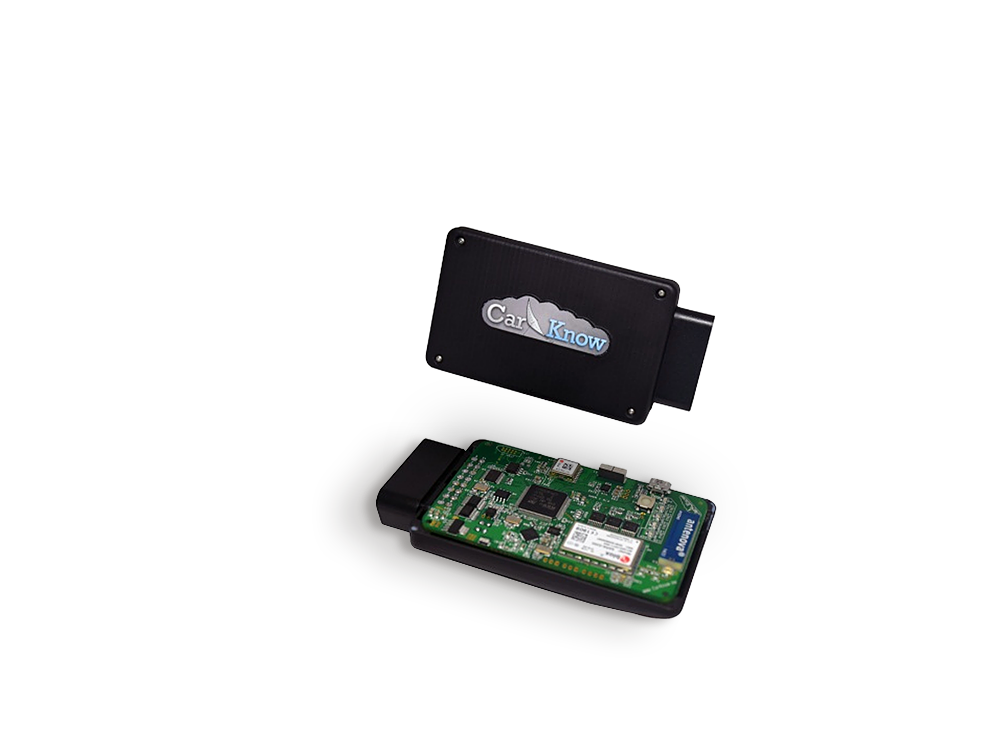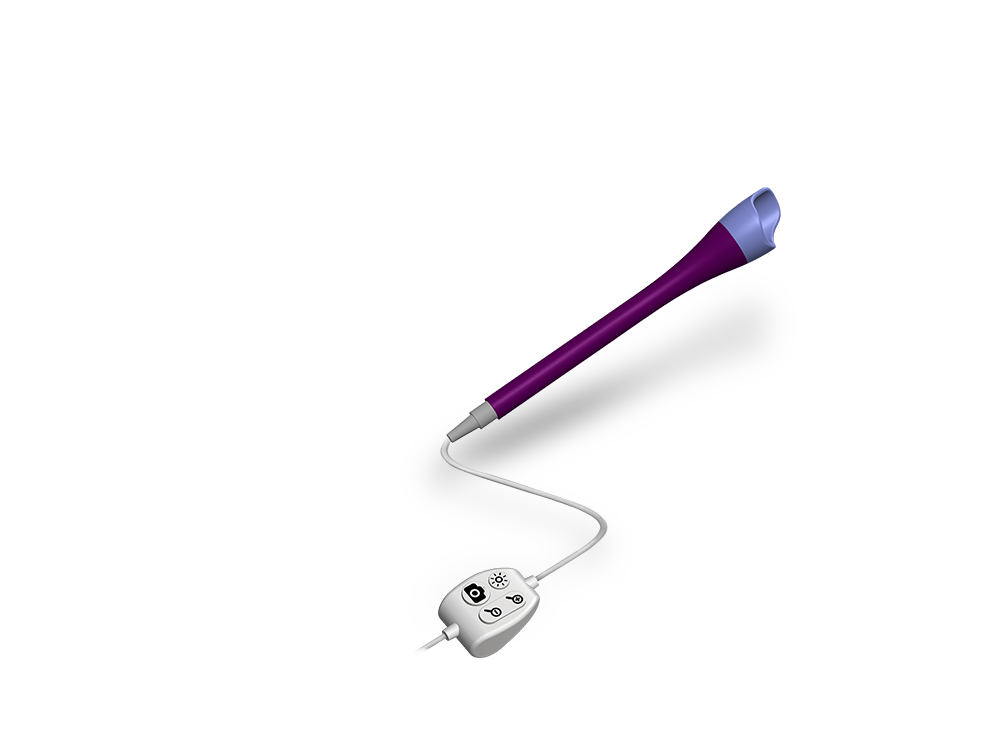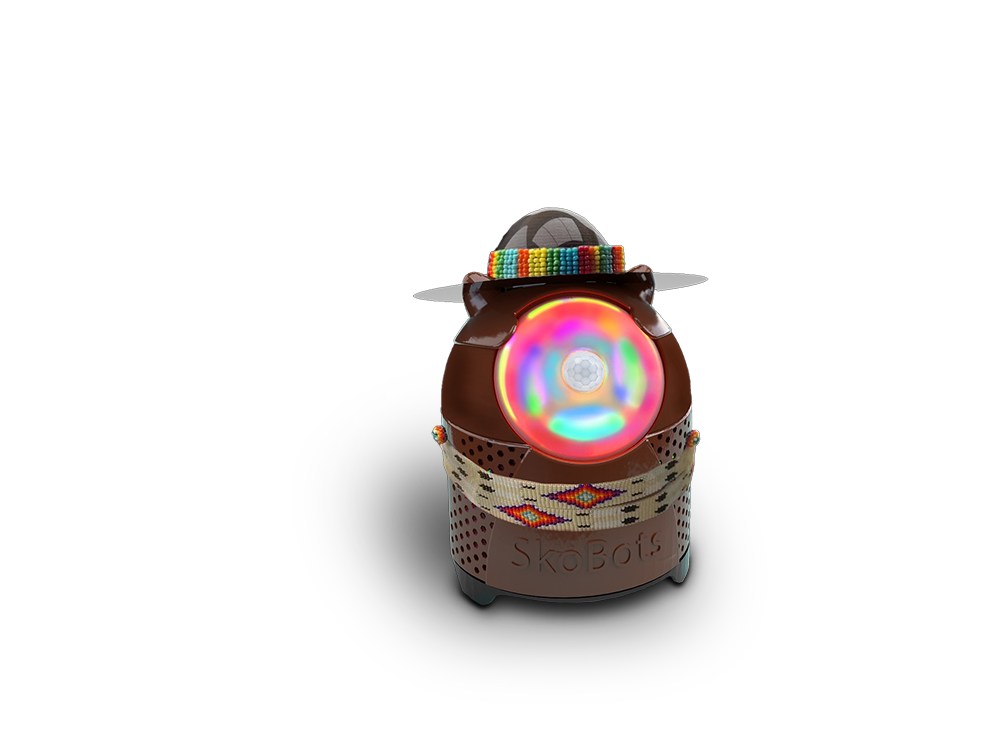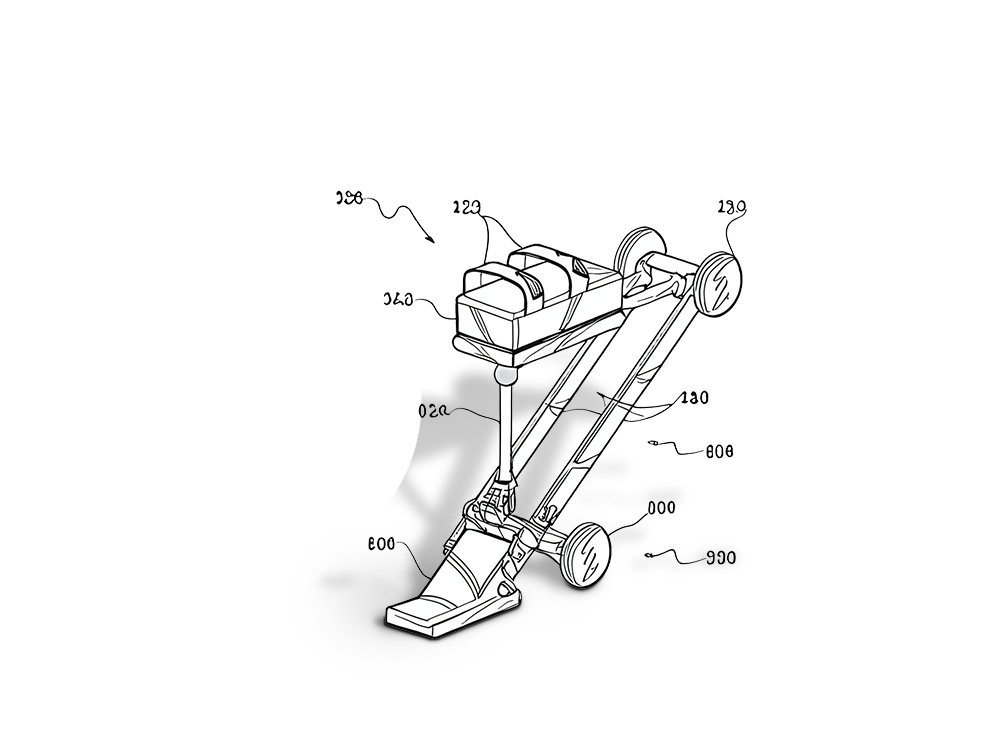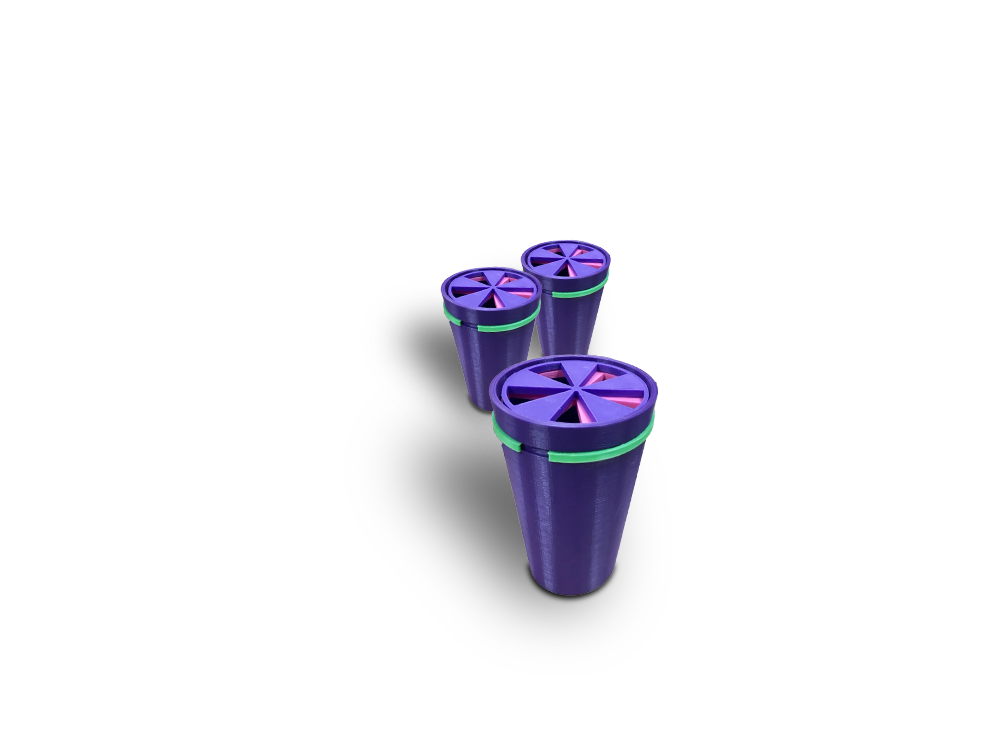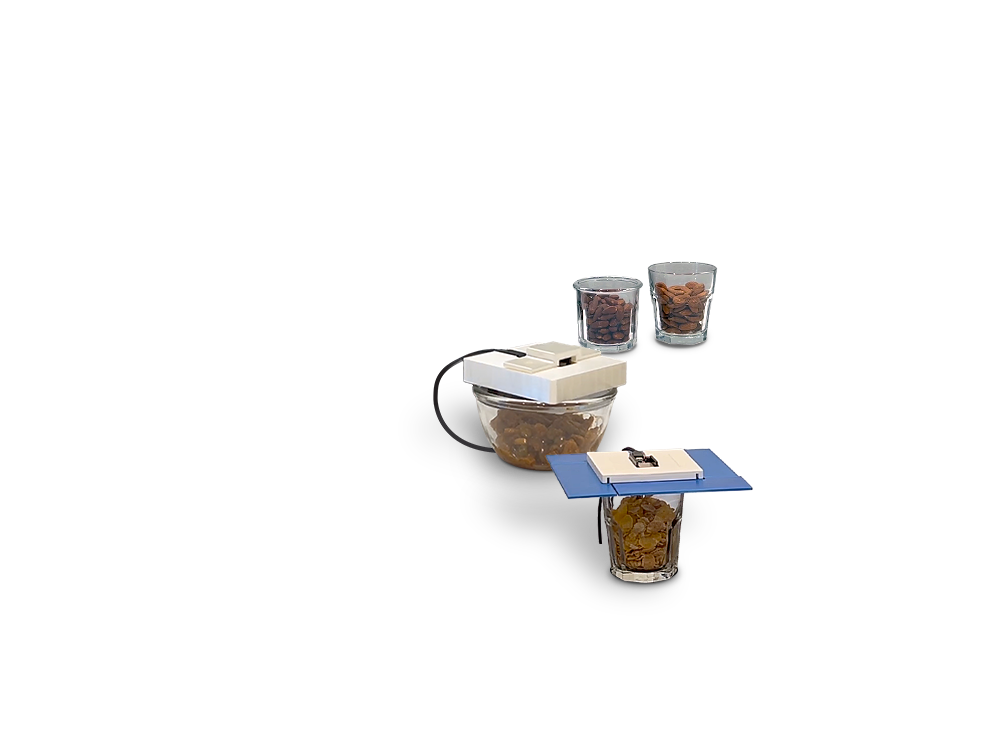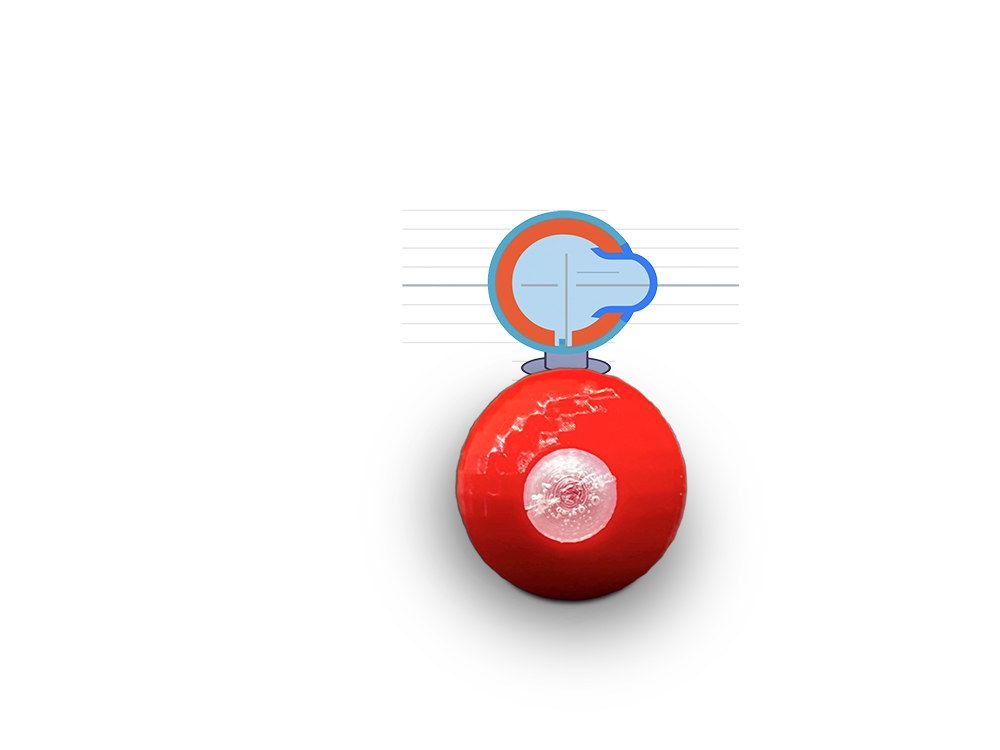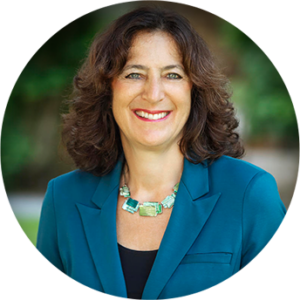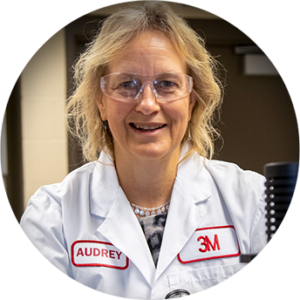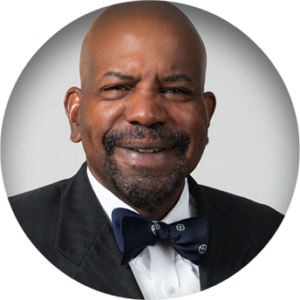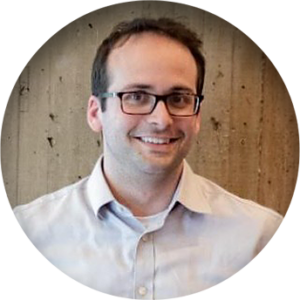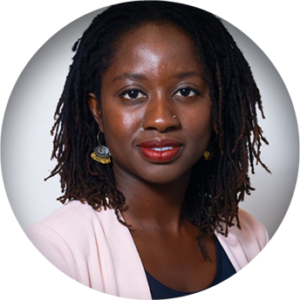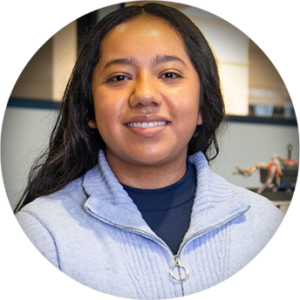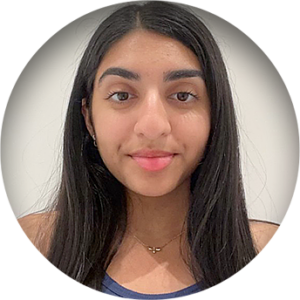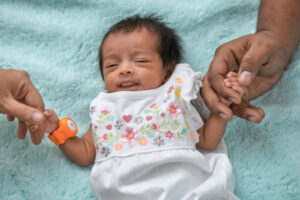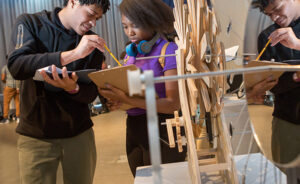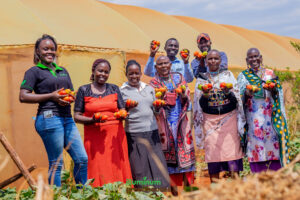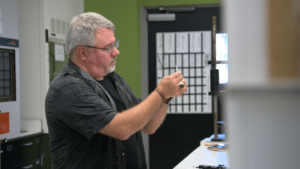
Inventing for Our Shared Future
Established and emerging inventors are addressing the challenges that matter most to our communities and to the world
To address the challenges we face now and in the coming decades, we need inventors more than ever. From climate adaptation to renewable energy to improved agriculture and better health, inventors are crucial to providing solutions that are sustainable, adapted to local settings, and dedicated to improving lives at scale.
The Lemelson Foundation works with our partners and grantees to build the support systems needed to foster invention and to ensure that young people from all backgrounds consider invention a viable pathway through education. Read more about our approach and how you can contribute to this movement in a special Inventors’ Day Message from our Executive Director, Rob Schneider.
And read on for a sample of the trailblazers and innovators — both established and emerging — who are finding and solving problems they see in our communities and in our world.
Established Inventors

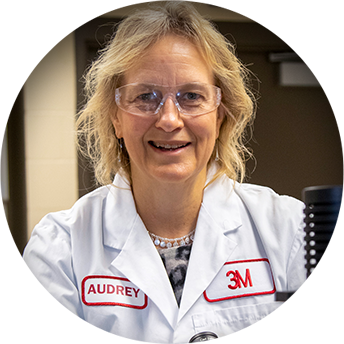
Audrey Sherman
How do you make something sticky but not permanent? Sherman is an expert on adhesives, creating items useful for everyday life — like smartphone screen protectors and Command™ Brand hooks that work on wet surfaces — but she’s also created medical tape that is easily removable and pain-free for patients undergoing procedures.

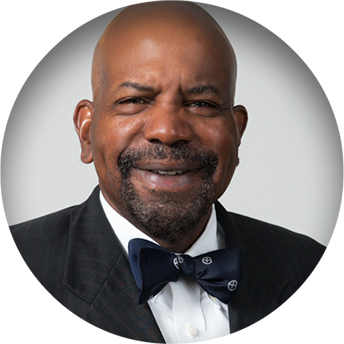
Dr. Cato T. Laurencin
There have been amazing advancements in regenerative engineering to treat musculoskeletal conditions, and one day to possibly regrow tissue and limbs. This emerging field has been pioneered by Dr. Laurencin, an engineer, orthopedic surgeon, and scientist who is also passionate about highlighting the achievements of Black historical inventors and inspiring the next generation.

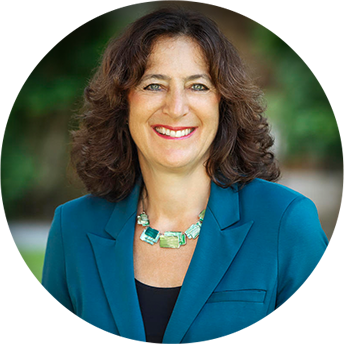
Andrea Goldsmith
Are you reading this right now on your phone or computer? Then you can thank Goldsmith, whose technical innovations have improved the performance and reliability of wireless communications worldwide, helping connect everyday devices through the Internet of Things and even making video streaming possible.

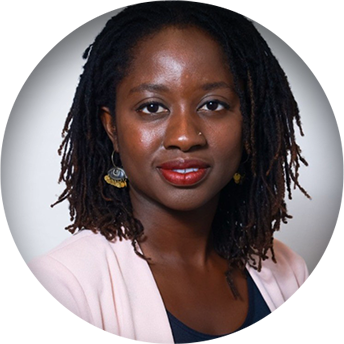
Mercy Asiedu
Cervical cancer is considered a “highly preventable” disease with early detection, but the highest rates of cervical cancer are in low- and middle-income countries where screening techniques are often not accessible. Inspired by healthcare inequalities she observed while growing up in Ghana, Asiedu created a low-cost, easy-to-use imaging device that can help women across the world detect and prevent cervical cancer.

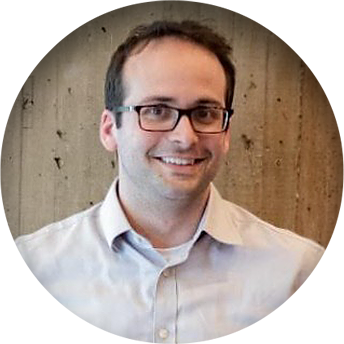
Josh Siegel
New technology is making driving safer and our transportation networks more efficient. Siegel has created software and hardware for cars that transform automotive data into applications to optimize vehicle efficiency, performance, and reliability — and invented a smart messaging system to monitor road conditions and traffic congestion to help us get to where we need to go.
Emerging Inventors

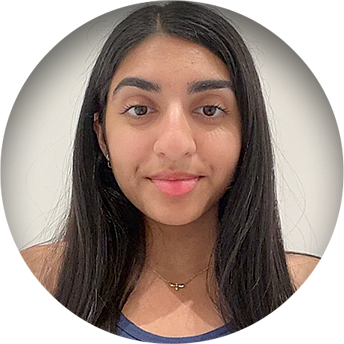
Sonia Patel
The human eye is one of our most sensitive organs, and can be challenging for medical students to train on. Inspired by her grandfather’s diagnosis of glaucoma when she was a high school student, Patel created a low-cost corneal eye model that allows physicians to practice surgical techniques and more confidently operate on patients.

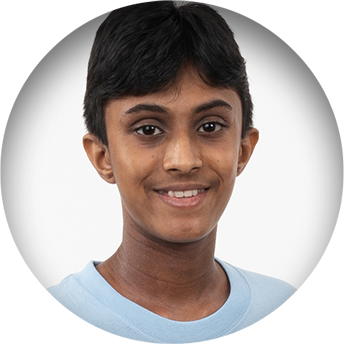
Samvith Mahadevan
Food allergies are increasingly a health risk, and it’s often difficult to determine whether there are ingredients in our meals and snacks that can trigger them. Inspired by his own allergy experiences, Mahadevan developed a nose-like device for a middle school science fair and programmed it with machine learning to detect potential allergens before we take a bite.

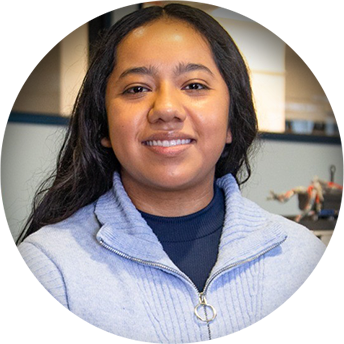
Lesly Rojas
As a high school student in Oregon, Rojas developed an adaptive flow rate cup with a team of her classmates that allows people with dysphagia to more easily drink. Now an electrical engineering student in college, she’s gone on to become an advocate for invention education.

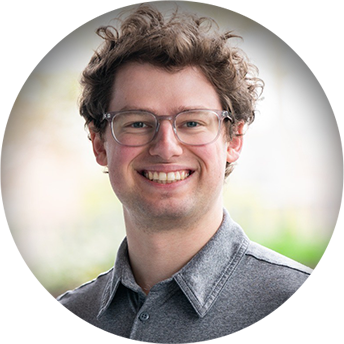
Joshua Vanderpool
Many people have experienced the inconvenience of crutches while waiting for a foot or ankle injury to heal. College student Vanderpool created a mobility aid device that transforms into multiple options for getting around, including a knee scooter and hands-free crutch.

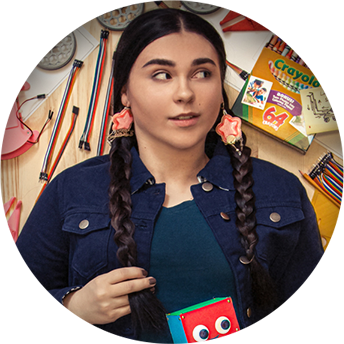
Danielle Boyer
As an Indigenous inventor who wanted to make STEM more accessible, Boyer created a youth-led nonprofit to send free kits to students to build their own robots. In an effort to preserve Indigenous languages, she invented a personalized, interactive robot designed to teach children words and phrases to help supplement community language learning.

